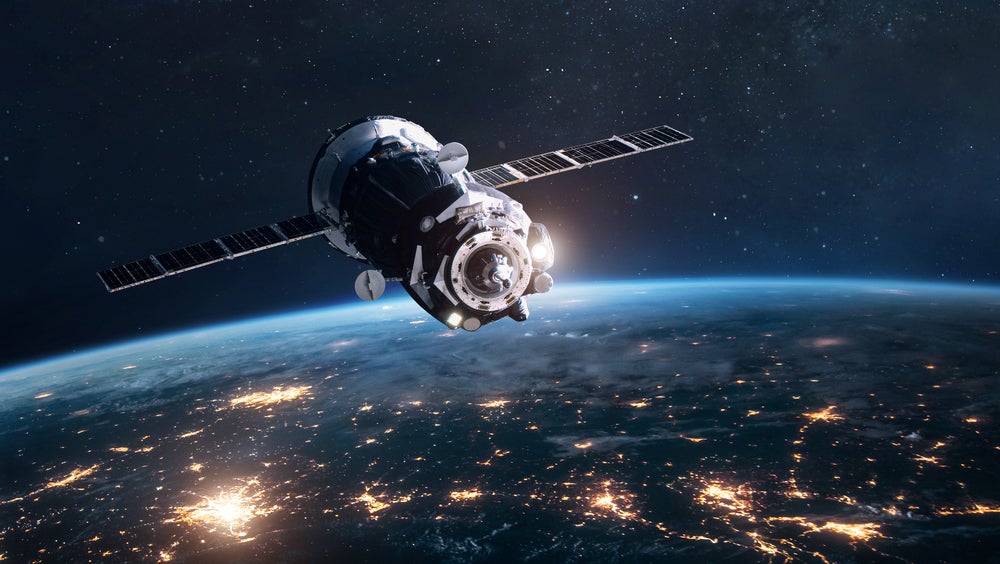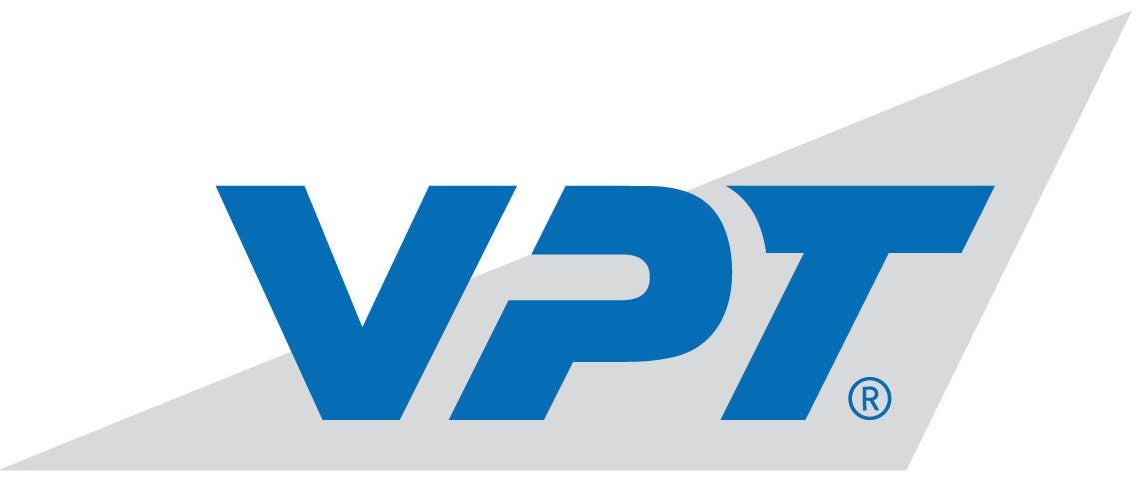
A growing commercial space market and the expansion of developing nations’ space programmes has led to a high demand for satellites. Whether used for large communication arrays or small CubeSats, all hardware and components used need to be ‘space-ready.’
Communication and TV broadcast satellites use geo-stationary orbits well above the Earth’s protective atmosphere at around 22,000 miles up, where cosmic radiation can be particularly intense. The effects of cosmic radiation on components used in satellites includes degradation and interruptions in performance, and damage to semiconductor chips which can lead to short circuits.
To protect components from these hardships, ‘radiation-hardened’ electronics such as circuits, transistors, and computer CPUs are designed and manufactured to resist exposure from radiation and extreme temperatures. This ‘hardening’ process usually consists of the electronic components being protected with insulating layers, such as depleted boron, to shield against damage, temperature, and various kinds of cosmic radiation.
Low-earth orbit (LEO) satellites, such as the Starlink constellations, suffer less from radiation, but still require protection. LEO satellites orbit at an altitude of around 340 miles up, within the Earth’s thermosphere, which extends out to around 375 miles. The International Space Station, weather satellites and the Hubble space telescope all sit below this limit.
For LEO, ‘radiation tolerant’ is usually enough protection. This shielding can be lighter and cheaper, and ideal for CubeSats, known as “New Space” products. Utilising commercial off-the-shelf (COTS) electronic technologies, and open-systems architectures, radiation-tolerant is seen as sufficient protection in a trade-off with cost, size, and weight as well as the length of service expected of the satellite.
Space ready DC-DC converters
Making a reliable power distribution system ready for space means working with an array of radiation tolerant or radiation hardened isolated DC-DC converters, radiation hardened non-isolated point of load converters, and radiation immune EMI filters in varying Total Ionising Dose (TID) and Single Event Effects (SEE) levels. Systems must be designed, built, and tested for varying space environs, whether LEO, medium-earth orbit (MEO), geostationary orbit (GEO), deep space, or launch programs.
VPT, Inc. is a global leader in providing power conversion solutions for use in space. Used by organisations such as NASA, ESA, Lockheed Martin, and Orbital, VPT’s solutions power critical space missions as well as avionics and other high reliability applications. VPT offers several series of standard DC-DC converters and accessories that have been designed, tested, and proven for the challenging environments of space.
VPT’s latest innovation is the VSC Series – the first commercially available off-the-shelf (COTS) DC-DC converter that is guaranteed for radiation tolerance, providing protection for low earth orbit applications. VPT guarantees the end converter will meet the datasheet specifications by only using RLAT (Radiation Lot Acceptance Tested) components for its manufacture.
The new VSC series was designed to leverage VPT’s extensive experience in radiation hardened DC-DC converter development to provide an appropriate level of radiation protection for LEO applications for an extremely competitive price point. Costs are kept low by avoiding radiation hardened components and using surface mount PCB manufacturing techniques.
Intended for New Space applications, the VSC series is for smaller satellites in LEO and NASA Class D missions where balance of cost and guaranteed performance is critical. The VSC series is characterised for TID performance, including Low Dose Rate (LDR), and SEE according to VPT’s Radiation Hardness Assurance (RHA) plan.
Should higher radiation tolerance be needed for your specific mission, VPT offers several other grades of space products. The SVL series is radiation tolerant to TID: 60 krad(Si) while for fully radiation hardened requirements, the SVR series is hardened to TID: 100 krad(Si). This range of choice enables VPT to be able to offer the appropriate level of product for basically all space flight missions.
Point of load DC-DC converters
For digital loads, such as DSPs and FPGAs, VPT’s extensive family of DC-DC converters for space can be combined with point of load converters and EMI filters to create a light weight and extremely efficient, space-qualified distributed power system.
Non-isolated, synchronous, buck regulated converters step down the voltage at the point of end use. VPT’s hi-rel POL modules are ultra-light weight and have a very small footprint, and typically require no external components while offering incredibly high efficiency to provide designers with a more affordable power converter option. VPT’s point-of-load converters are also the first in the world to be designed and built to military-grade reliability.
The converters can be used alone or in conjunction with the DV Series of hybrid DC-DC converters or the SV and SVR Series of space DC-DC converters as part of VPT’s High Efficiency, Reliability Optimized (HERO) Power Systems.
EMI filters
VPT’s EMI filters are also designed for both the New Space market and for higher orbits needing extra radiation protection.
For New Space applications, the VSC Series has a full line of EMI Filters designed to filter the conducted emissions of multiple VSC series DC-DC converters up to its current rating. Intended for smaller satellites in
LEO, and NASA Class D missions, the VSC Series is well suited for space applications as its fully passive design is immune to radiation effects.
VPT offers EMI filters for all its DC-DC converters. These are passive EMI filters for the input of the DC-DC converter to eliminate the reflected input ripple back on the input voltage bus. Each filter is specifically matched to the VPT converter for guaranteed compatibility and EMI compliance. Because the EMI filters are all passive components, there is not any radiation susceptibility for these products.
VPT is leading the way by advancing power conversion technology – delivering components and power systems that are innovative, robust, cost-effective and space ready.


